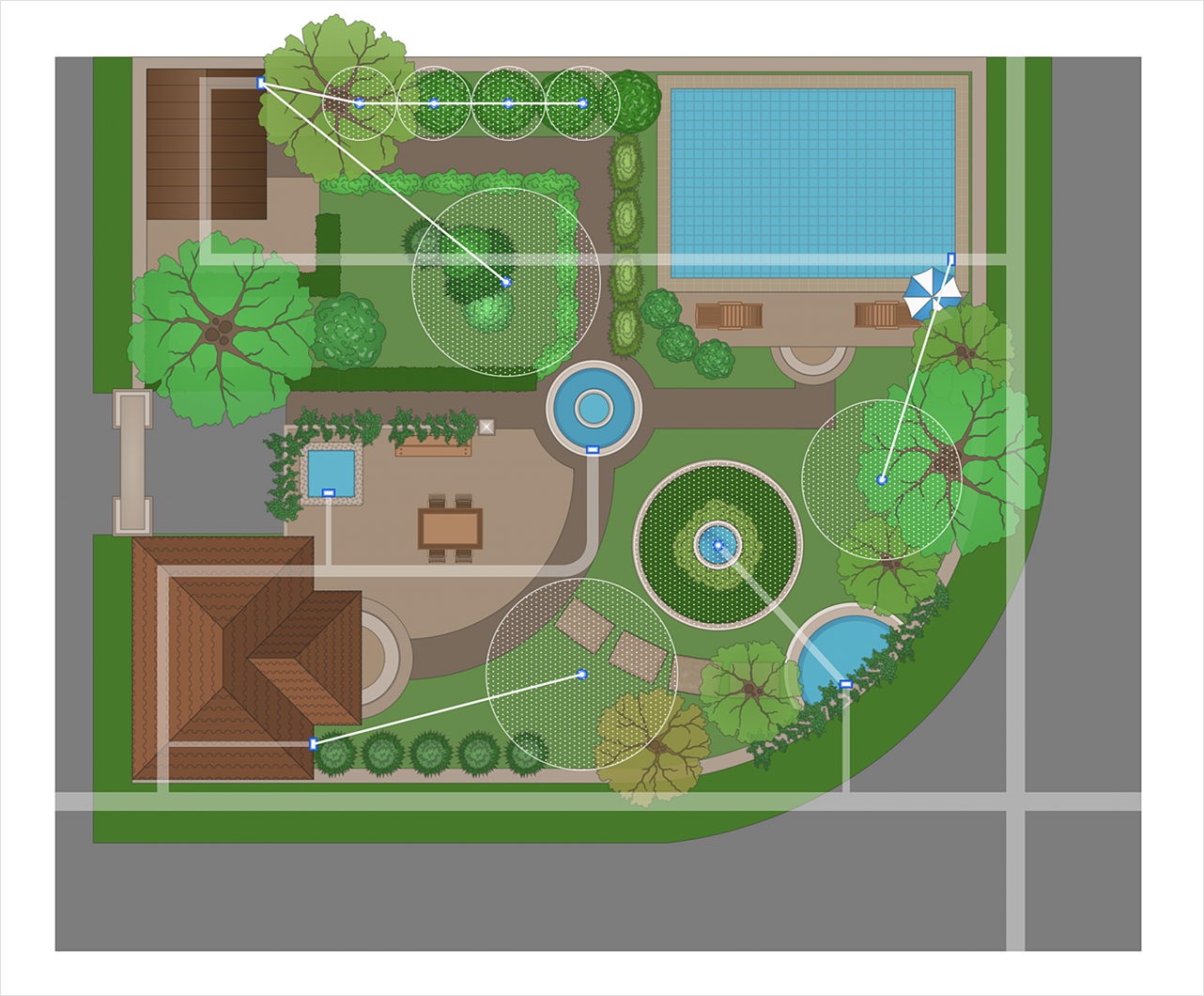Landscape design is an art form that combines the beauty of nature with the imagination of human creativity. As we more and more value outdoor spaces that provide peacefulness and links to the surroundings, innovative landscape design becomes essential. Whether you have a sprawling backyard or a modest front yard, there are countless ways to convert your outdoor spaces into stunning sanctuaries that showcase your personal style.
In this write-up, we will explore a variety of innovative approaches to garden design, presenting ideas and practical tips. From https://wildwoodlandscape-fl.com/ -level ideas for basic landscaping to more sophisticated concepts that incorporate hardscaping and eco-friendly practices, we will lead you through the latest trends and key strategies for designing lovely, practical outdoor areas. Join us as we delve into the realm of the natural palette, where your garden can truly become vibrant.
Cutting-edge Garden Design Ideas
Revamping your exterior area can be an stimulating experience, especially with innovative landscape designing solutions that enhance beauty and functionality. One strategy is to add contemporary aquatic elements like smooth waterfalls or wild ponds that can serve as highlights. These features not only contribute beauty but also create tranquil melodies that enhance relaxation in your outdoor space. Merging these aquatic features with thoughtfully arranged furniture can create an inviting setting for entertaining or decompressing after a hard stint.
Another creative idea is the integration of structural features to shape your landscape's identity. Using trails with various elements such as rocks, stone, or pavers can introduce interest and guide viewers through your landscape. Outdoor structures such as canopies or overheads can also provide two functions: offering protection while complementing your landscape's design. This balance between hardscaping and landscaping can create a coherent and cohesive garden space that feels both friendly and professionally crafted.
Integrating indigenous flora into your planting scheme is both innovative and ecologically friendly. These species are suited to your environment and soil conditions, requiring reduced water and maintenance than introduced plants. By designing a landscape that includes indigenous species, you not only support ecological diversity but also create a gorgeous aesthetic showcase that shifts with the time. This approach allows you to foster a relationship with the natural environment while ensuring your landscape design remains low-maintenance and eco-conscious.
Useful Tips for All Homeowner
As you start a landscape design project, it is essential to understand your space and its capabilities. Start by reviewing your landscape’s sunlight, soil type, and drainage. Observing these factors will aid you select the best plants and layout. Additionally, reflect on how you plan to utilize the space: entertaining, gardening, or simply relaxing. This clarity will guide your design choices and ensure you create a functional outdoor area that satisfies your needs.
Budgeting is another crucial element of landscape design. You shouldn't break the bank to attain breathtaking results. Prioritize your projects and concentrate on high-impact areas first. For case in point, adding a few hardy plants or a small hardscape feature can greatly uplift your landscape. Utilize discounts during seasons and consider DIY projects whenever you can. This approach not only preserves money but also enhances the personal touch in your outdoor space.
Lastly, maintenance should be a consideration from the beginning. Opt for low-maintenance plants and sustainable practices that save time and resources. Incorporating native plants will also minimize upkeep but also benefit local wildlife and ecosystems. Keep in mind, a well-designed landscape should be pleasurable and manageable, allowing you to devote more time enjoying your outdoor haven instead of working on it.
Sustainable and Green Approaches
Incorporating eco-friendly practices into landscape design not only helps the ecosystem but simultaneously produces aesthetically pleasing, vibrant outdoor environments. One of the main components is the use of native plants, which are well-suited to the local climate and soil types. They require less water, fertilizers, and pesticides, making them a minimal-care and eco-conscious choice. Additionally, native plants benefit local wildlife, offering vital habitats and food sources for pollinators and various beneficial species.
A further vital aspect of sustainable landscaping is the use of hardscaping elements that promote sustainability. Using porous materials for patios and walkways allows for better water drainage and reduces runoff, which helps recharge groundwater supplies. In addition, installing water features such as rainwater gardens or ponds can manage stormwater efficiently while enhancing the visual beauty of the landscape. These features can also foster diverse ecosystems, promoting a connection between your yard and the surrounding environment.

Lastly, including fruit and vegetable gardens presents a unique opportunity to endorse sustainability. Designing your landscape to feature fruit trees, vegetable patches, and herbs not only provides fresh produce but also reduces the carbon footprint linked to transporting food. Establishing a space where one can grow their own food promotes a self-sustaining lifestyle while enriching the landscape's beauty and productivity. By focusing on these eco-friendly practices, homeowners can create inviting outdoor spaces that are both functional and environmentally responsible.
